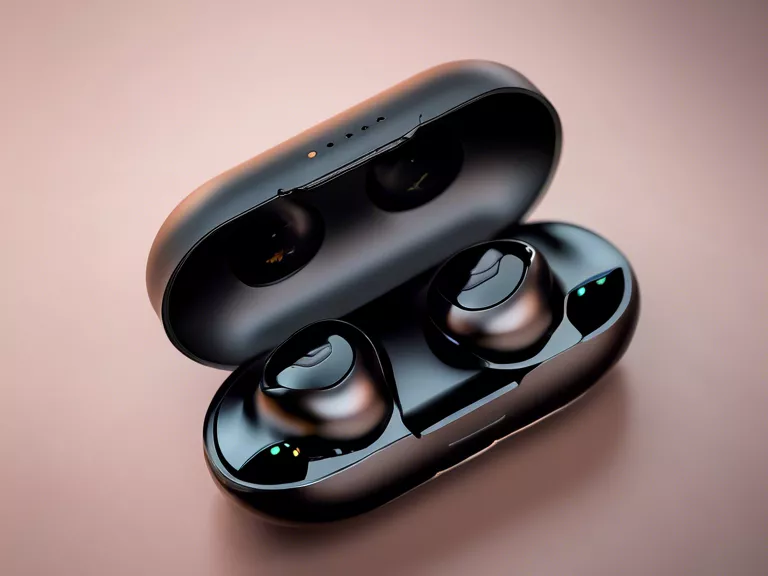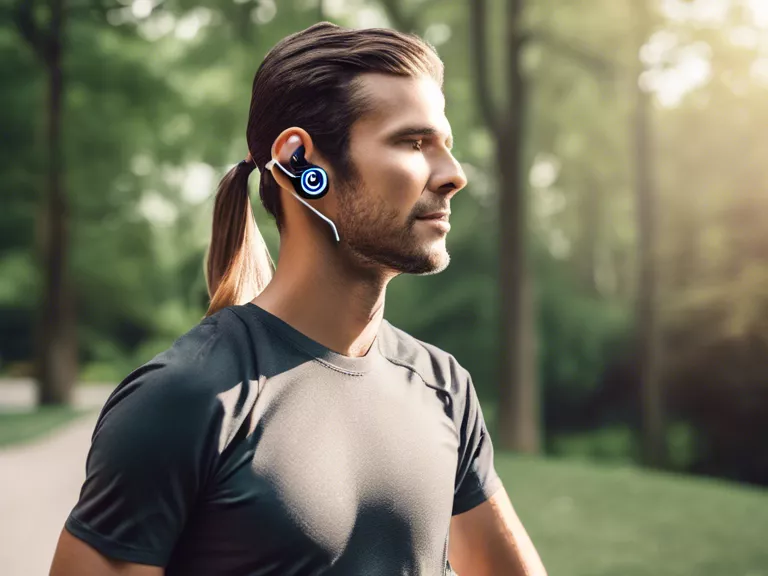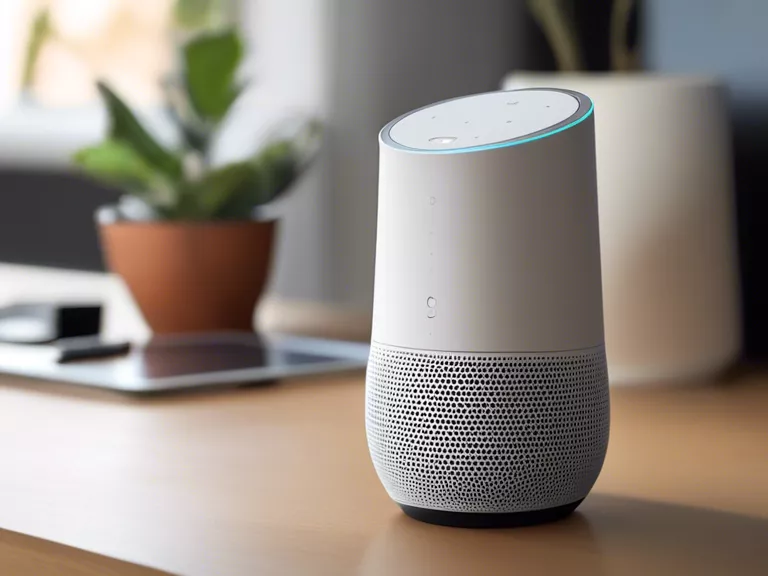
Spatial audio technology has revolutionized the way we experience sound in a variety of entertainment mediums, from movies and video games to music and virtual reality. This immersive audio experience creates a sense of 360-degree sound, enveloping the listener in a realistic and three-dimensional auditory environment. In this article, we will explore the impact of spatial audio on immersive listening experiences and how it enhances the overall enjoyment and engagement of the content.
One of the key benefits of spatial audio is its ability to create a more lifelike and engaging listening experience. By placing sound sources in specific locations around the listener, spatial audio can simulate the way we perceive sound in the real world. This can make the listener feel like they are actually in the environment where the sound was recorded, whether it's a crowded concert hall or a serene forest setting.
Spatial audio technology also adds a new level of depth and complexity to audio content. Instead of simply hearing sound coming from left and right speakers, listeners can now experience sound moving around them, above them, and even below them. This creates a truly immersive listening experience that can enhance the emotional impact of music, the suspense of a movie scene, or the realism of a virtual reality environment.
Furthermore, spatial audio can improve the overall quality of the audio experience by providing better clarity, separation, and localization of sound. This can help to create a more enjoyable listening experience for individuals with hearing impairments or those who are listening in noisy environments.
In conclusion, spatial audio technology has had a profound impact on immersive listening experiences by creating a more lifelike, engaging, and realistic audio environment. Whether you're a music lover, a movie enthusiast, or a gamer, spatial audio can enhance your overall enjoyment and immersion in the content you consume.



